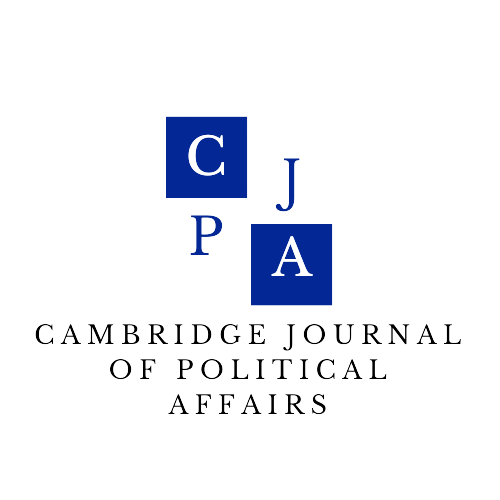Imagery in International Relations: Analysing the Value in Absence
ABSTRACT:
Whilst the field of international relations (IR) scholarship of analysis of imagery has grown in recent years, a consideration of the benefit of absence has remained neglected. This article challenges this neglect to argue that the inclusion of absence is unavoidable for an accurate exploration of the socially constructed foundations of the international system. This is because absence both reveals relations of power and is itself an exercise of power. Accordingly, in an attempt to consolidate this scholarly void, this article will explore five sources to highlight how absence has served to spatialise international relations (IR) via hierarchical and binary relations of power and identity. Differentiating (and coining) the terms ‘tacit’ and ‘deliberately’ enforced absences, charitable advertising, in conjunction with an analysis of EU cartography reveals the curation of a West/Rest hierarchical binary. This has been aided by light/dark, parent/infant and, more broadly, self/other, binaries, and retains important political and academic implications. Not only does the recognition of these socially constructed relationships erode their legitimacy, challenging their corresponding claims for exclusionary policy, but it facilities the scholarly challenge to conventional ontological and epistemological biases. Thus, this article argues that absence both reveals the underlying flows of power and is, itself, an agent in its perpetuation. Absence proves integral to the curation and maintenance of hierarchical and binary relations of identity and power.
